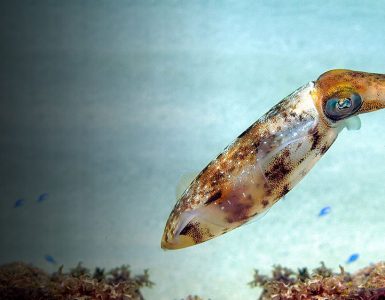Chilli, scientifically known as Capsicum annum L. is an important vegetable crop belongs to the family Solanaceae. The Mexico is appraised as the native home of chillies. This crop is extensively cultivated in South East Asia and contributed about 11.4 % of the total vegetable production in Malaysia. Chilli crop ranked as one of the nine major vegetables crop. Malaysian government had to import thirty nine percent of chillies from Thailand and Vietnam in order to meet the booming demand of chilli crop in Malaysia.
Many diseases such as pepper mosaic virus, grey mold, powdery mildew and anthracnose attack on chilli crop and have detrimental effects on the plants which often resulted in poor quality and low yield. Hussain and Abid (2011) reported that many pests attack on chilli plants which lead to a decrease in economic output. Pests are a dangerous entity as it multiplies faster as compared to the beneficial insects and affected the chilli crop during the growing season. Sucking pests for example, aphid and whitefly are considered as potential threat for chilli crop.
The need of the hour is to find an appropriate solution for reducing pest severity and improves the growth of chilli plants. Application of biopesticides is a significant method in agriculture which plays a key role in sustaining the natural environment and ensures quality of production.
Naturally occurring substances combined to form a biopesticides by non toxic mechanisms. Biopesticides are contemplated as a promising alternative of conventional pesticides because they are environment friendly, target-specificity, efficacy, biodegradability and suitability in Integrated Pest Management (IPM) programs.
Intercropping is a multiple cropping practice that involves growing two or more crops simultaneously on the same area of land at the same time in proximity. Intercropping provide good yield in comparison to sole cropping and play a fundamental role in improving soil conservation, fertility and crop quality, reducing the incidence of weeds, diseases and insect pests. Fereres (2000) elaborated that, “when eggplant was grown with maize as a border crop and coriander or marigold as an intercrop, the incidence of leafhopper and whitefly pests was the lowest. Maize probably acted as a barrier crop to block the movement of leafhoppers due to its tall height”.

Therefore, Yusoff et al. (2021) mapped out a research to study the response of an intercropping system and biopesticides on the growth and yield of chilli and its resistance to the pests and diseases as compared to the conventional method of monocropping and use of chemical pesticides.For this research, Capsicum annuum (chilli) was selected as the main crop, while Citrus hystrix (kaffir lime), Curcuma longa (turmeric) and Cosmos caudatus (king salad) were used as the plant species for intercropping. Four pesticide treatments were applied including the chemical pesticide as control.
The results of this research work displayed that intercropping chilli with kaffir lime, king salad and turmeric and applying neem and garlic as biopesticides have significantly influenced the growth of chilli plants, production of chilli fruits and reduced pest severity on the crop.
In conclusion, the best treatment found in this study was the intercropping chilli with king salad and applied with bio-pesticide (neem extract) in comparison to other treatments.
Keywords:
Capsicum annum L., Intercropping, Biopesticides, Chemical control, Integrated management.
















Add comment